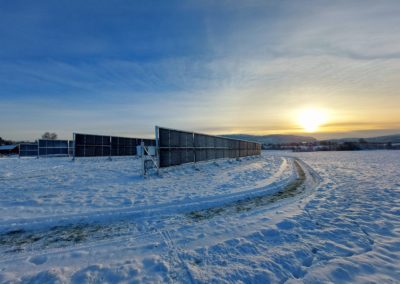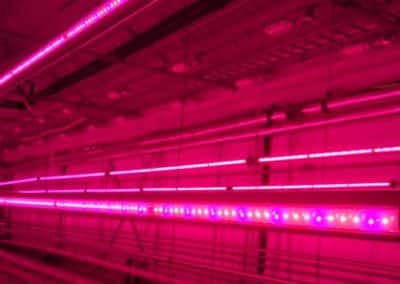Heat pumps can obtain energy from various energy sources; outdoor air, seawater, waste water, boreholes, cooling of milk, warehouses and buildings. The energy sources do not need to have a high temperature, as the heat transfer takes place by evaporation and condensation in the refrigerant in a closed circuit in the heat pump. Nevertheless, the efficiency is often better if the temperature is high.
On the other side of the heat pump, the heat is released to either air or water - depending on the heating system in the building. Airborne heating can use a lower temperature but requires more to distribute heat in large rooms or over long distances. Waterborne heat is more flexible and often more even, but requires higher temperatures.
Climate benefit
A heat pump will be able to produce heat with less electrical energy than an electric boiler. The climate effect depends a lot on how we assess the origin of the electricity used and possibly what kind of heat source it replaces. We are talking about efficiency and by that we mean how much energy we get in relation to electrical energy for the compressor and pump. Typically, we say that we have an efficiency of 3 or 4, which means that if we put in 1 kWh, we get 3 or 4 back as heat. The heat pumps must also be manufactured and it is important that the medium in the heat pump is climate neutral in the event of leaks or when it becomes waste.



